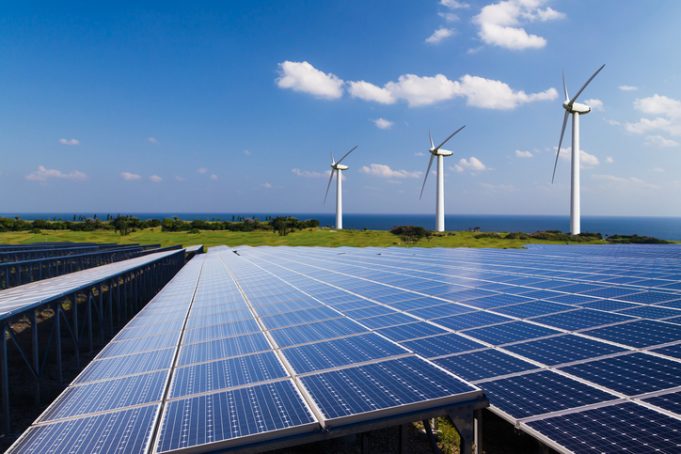Renewable energy has grown from a niche market beset by high price tags and a lack of public support into the world’s fastest-growing sources of energy over the last decade, with data from last year indicating that solar outstripped the growth of all other forms of energy combined.
According to data from the International Energy Agency, renewable energy technology such as solar PV, wind and biomass accounted for more than 60% of new energy sources added to the world’s supply throughout 2016.
It’s a landmark achievement for renewables and an excellent indicator that the world is moving away from environmentally unfriendly forms of energy such as fossil fuels. According to 2016’s energy growth data, solar even overtook inexpensive coal in terms of net growth.
Generation growth of renewables has significantly outstripped both coal and natural gas over the past decade, with growth in both industrial and residential renewable energy installations predicted to continue at a relatively steady pace over the next four to five years.
Causes for the increase in renewable energy generation capacity include falling costs, which have transformed the technology from a luxury into something that the majority of homeowners can now afford.
Feed-in tariffs, incentives and subsidies for green technology have also helped the renewable energy industry grow, although experts are concerned about the impact of cuts to low-carbon subsidy schemes.
This incredible growth in both popularity and affordability raises several questions. Where will renewables go from here? Both governments and businesses are aiming to provide answers and continue the expansion of residential renewable energy generation.
One barrier that’s stood in the path of continued residential renewable energy growth is home ownership. While homeowners have always had easy access to renewable energy technology, the increasing number of renters, particularly in cities such as London, have no such option.
In California, a proposed $1 billion public programme aims to bring renewable energy to renters, starting with low-income housing. The programme will outfit the homes and apartments of about 150,000 low-income renters with solar PV technology to provide clean, renewable electricity.
Despite this, private renters still have few options for making the switch to renewables without a forward, motivated approach from their landlord.
Another factor that’s likely to contribute to continued growth is the declining price of renewable energy technology. Solar panels, the most popular form of renewable energy technology both worldwide and in the UK, are predicted to fall in price even further over the coming decade.
In fact, a 2017 analysis from the International Renewable Energy Agency (Irena) states that the price of solar power will fall by an estimated 60% over the next 10 years, further lowering costs associated with making the switch to renewables.
Experts also predict that wind power, another major source of renewable energy in the UK, will continue to drop in price over the next decade, resulting in an increase in installations as more homeowners realise the savings possible by switching to residential renewable energy.
In short, the future for the renewable energy industry appears to be bright — or windy, depending on your choice of technology.














